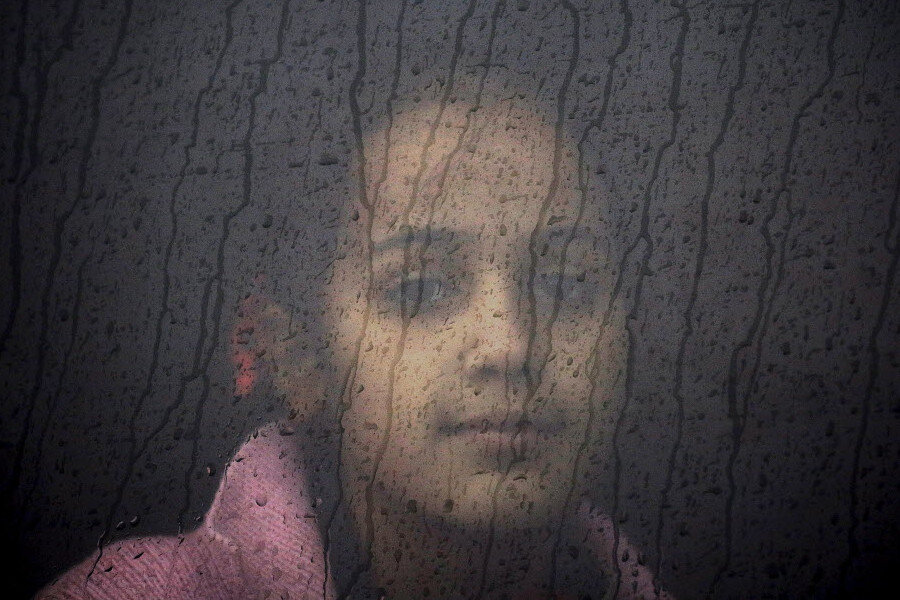Syrian refugees are quietly trickling into the US: How many, and where?
Loading...
A small stream of Syrian refugees are quietly beginning to find homes in the US, a tiny part of the global effort to resettle some 4.1 million Syrians worldwide.
Here's a closer look at how many refugees are entering the US, where they're settling, and the challenges ahead.
Since the conflict began in 2012, some 1,854 Syrian refugees have come to the United States, according to data analyzed by The New York Times. The Times described them as "among the most vulnerable people in the war: single mothers and their children; religious minorities; victims of violence or torture."
Syrian refugees have been placed in 130 cities and towns across the country. Some are in large cities like Houston, Chicago, and San Diego, but most have moved into medium-size cities like Boise, Idaho; Worcester, Mass.; and Grand Rapids, Mich.
Syrians with relatives in the country are likely to be resettled with or near them. The rest are usually placed where cost of housing is low and job opportunities are relatively numerous.
World leaders have criticized the US for not accepting more refugees. In response, President Barack Obama recently announced that the US will accept 10,000 Syrian refugees this fiscal year, five times more than the past four years combined.
Last fiscal year, the US admitted 70,000 refugees, of which 2 percent came from Syria. (The top countries were Myanmar, Iraq, and Somalia.)
President Obama's announcement came amid pressure from European leaders, many of whom are accepting far more refugees. In the same three-year period during which the US accepted 1,854 Syrian refugees, Germany accepted almost 93,000 – and has pledged to accept 500,000 more per year for "several years."
The UK has pledged to admit 20,000 over the next five years, and France has pledged to take in 24,000 over the next two years. Even Venezuela has promised to take 20,000 refugees.
As other nations throw open their doors, the US has continued to take heat for barely unlatching the gate.
Brittney Nystrom of the Lutheran Immigration and Refugee Center called it "woefully inadequate," while Eleanor Acer of Human Rights First, a New York-based nonprofit, called it "just an embarrassingly low number given the scale of this crisis and that the US has long been a global leader in resettlement."
Critics counter that accepting refugees is a long and expensive committment. It takes between 18 and 24 months for the US to do background checks and other vetting and then bring the refugees to the US, according to the State Department. In 2014, it cost about $15,700 to bring and resettle each refugee.
Moreover, resettlement programs are funded by Congress, which currently has little political will for it.
Much of the pushback stems from nativist and xenophobic fears. Some have argued that the federal government cannot effectively screen out terrorists from among the refugees. Others claim that more Muslim immigrants would threaten American culture.
In fact, refugees already go through comprehensive vetting to come to the US. They must apply through the United Nations and undergo screening by the F.B.I., the Defense Department, and other federal agencies, before being accepted.
What's more, State Department officials have said that more than half of the forthcoming Syrian refugees are children.
A generation ago, the US repeatedly accepted large numbers of refugees: 318,000 Vietnamese refugees were resettled in the US in 1979 and 1980, and 120,000 Cuban refugees came to the US in 1980. More recently, hundreds of thousands of refugees fleeing conflicts in Russia, Iraq, Bosnia, and Kosovo have found new homes in the US.
As the US gears up to accept more, Ms. Nystrom notes that refugees bring value to their new neighborhoods.
"Communities are made richer who resettle refugees," she told CNS News. "They gain in resources from refugees who open businesses, who contribute to the economy of their community – and the amount of time that refugees are eligible for public assistance is very limited."






